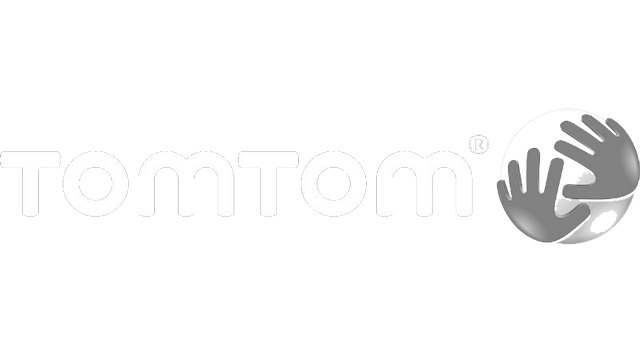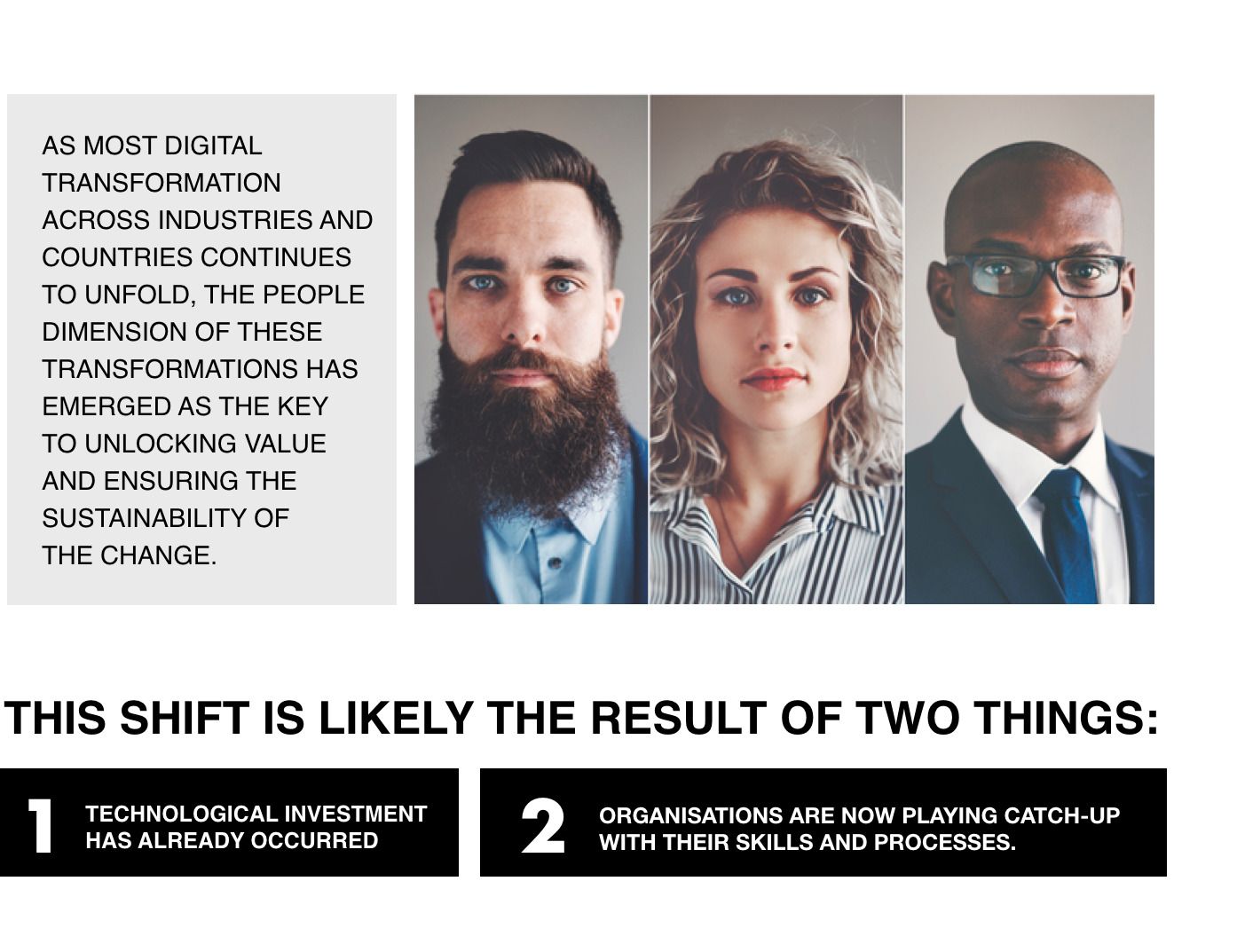We specialise in serving headquarters of global brands, helping them cut complexity costs in strategy execution across markets and fulfil their corporate role as scale economisers and advantage accelerators. Leverage our consulting expertise, technology solutions and remote talent resources to create organisational simplicity, scalability and efficiency in multi-market operations.
Transforming global brand marketing, creative and eCommerce function into a competitive advantage
 (EMEA) 14 markets
(EMEA) 14 markets
 (EMEA) 47 markets
(EMEA) 47 markets
 (EMEA) 17 markets
(EMEA) 17 markets
 (WHQ)
(WHQ)
Organisation and its Business Environment
Structural changes in organisation's external environment, trigger the need for structural changes in organisations' internal environment. Environment in which organisations and businesses exist and operate is and never has been idle. In fact, it is always undergoing some type of change, but for most companies and for most of their history, business environment changes have been evolutionary. So, adaptation to them has also been gradual. Typewriters in companies haven't been replaced by desktop computers in one day. For most companies they were slowly phased out. Technology change in companies most often coincided with generational one. As new generations were coming into the workforce, so were technologies that they were already accustomed to. Those already in employment had both the time and comfort retiring outdated technologies as they themselves headed in that direction. There was no immediate pressure from management, nor expectations from customers. Inclusion of new technologies and devices into business processes and daily operations was a novelty rather than a necessity.
Structural changes in organisation's external environment, trigger the need for structural changes in organisations' internal environment.
Animation : How technology change triggers the need for organisational change
While digital revolution, the shift from mechanical and analogue electronic technology to digital electronics, began anywhere from the late 1950s to the late 1970s, it is the last decade, and especially second half, that was marked by its progressive acceleration. High speed of technological advancement and resulting swiftness of consumer behaviour change was a compounded result of several parallelly maturing evolutionary developments at the intersection of societal, economic and technological landscape. As computing moved to the cloud and declining price of hardware made it abundantly accessible, internet enabled services and products quickly became a norm for consumers. They, in turn, started to quickly shift their consumption patterns in just about everything - from watching movies to grocery shopping and dating.
Rapid External Digitisation Equaled Breakneck Internal Digital Transformation
As most companies were behind the curve of rapid technological evolution and resulting consumer behaviour and consumption change their top-line revenue suffered. Consumers were either switching to digital channels or switching to newly sprung digital enabled market contenders. With bruised ego, brand equity and most importantly balance sheets, companies underwent waves of painful adjustments to new market realities in form of series of re-organisations and digitisations across internal & external value chains. Rapidly digitizing market environment required rapid digitisation of company's business systems. Digital transformation and digital transformation projects took stage, becoming most (over)used words in everyday business. Digital transformation is the process of using digital technologies to create new — or modify existing — business processes, culture, and customer experiences to meet changing business and market requirements.
For average employees transformational initiatives meant one thing : more responsibilities, bigger workloads and continuous inflow of new digital platforms to work with.

But, underneath of newfound corporate confidence and high digital growth ambitions, for average employees these transformational initiatives meant one thing : more responsibilities, bigger workloads and continuous inflow of new digital platforms to work with. This in turn creates a completely new category of challenges to an already stressed and informationally overloaded workforce - requirement to successful integrate all these new platforms into their daily workflows. Burden of digital transformation is being born by employees who are expected, pressured and even forced to completely unlearn old ways of working and simultaneously learn new ones, all while being expected to perform & deliver results as if nothing was happening.
Burden of digital transformation is born by employees who are expected, pressured and even forced to completely unlearn old ways of working and simultaneously learn new ones, all while being expected to perform & deliver results
Across industries, even ones not associated with technology, companies of all sizes are developing applications that help them engage with customers, suppliers, and employees. Size of of the burden of digital transformation and new digital platforms' successful integration into employee's daily workflows is evident by looking at industry data from various reports on the average number of software packages used by corporations and employees. Recent report published by the Cloud Security Alliance notes that the average enterprise has 464 custom applications deployed today. It’s estimated that, on average, enterprises will develop and deploy 37 new applications in the next 12 months. IDG Research states that at a typical enterprise company, employees use approximately 60 different applications, and of these, most employees use an average of four collaboration apps and 20 percent use six or more. The average number of apps used daily by the modern worker is 9.39. IT workers use more apps than others (10.43 on average) while marketing professionals use 8.4 and HR workers use 7.55. After studying nearly 5 million hours of live desktop activity of operational support employees, Pegasystem Inc. found in its report that the average employee switches between 35 job-critical applications more than 1,100 times every day. Furthermore, what adds to the burden load is that application turnover is quite frequent. Report from Blisfully, company focusing on harmonisation of SaaS platforms, finds that typical mid-sized company saw 39% of their SaaS stack change last year. This means, that not only are new programs introduced but 40% is replaced with new ones within a year, which means yet additional round of adjustments.

Breakneck speed at which companies are commissioning development and deployment of new technologies into daily workflows is especially burdening to employees. Namely, problem with learning is that to embrace a new logic, we have to unlearn the old one. Unlearning is not about forgetting, it's about the ability to choose an alternative mental model or paradigm. When we learn, we add new skills or knowledge to what we already know. When we unlearn, we step outside the mental model in order to choose a different one. And for all of these it takes, time, patience and a lot of effort. So it is no wonder that digital transformation initiatives, championed by corporate management, are met with employee resistance and skepticism. The essence of employee's backlash is best captured within their most frequent first response to digital transformation projects : "Nobody needs another tool!"
Namely, problem with learning is that to embrace the new logic, we have to unlearn the old one.
Digital Transformation and Resistance to Change
Problem of digital transformation programs is that most often they disregard its key element - people and change it entails for them. Imagine an organisation-wide new software implementation. As an employee, you are competent using the old platform, and don’t necessarily understand the need for a new system. What you do understand is: this will require effort to relearn basic functions. Consciously or subconsciously, you might fear the change will hurt your job performance. To put it simply, change is scary — and challenging. This is especially true for a current workforce structure which is multigenerational - for most companies 5 generations are currently in the workforce. Millennials and gen Z are working side by side with baby-boomers. Failure to successfully master new software solutions that are being thrown on employees almost on a constant basis will mostly likely increase job security anxiety, especially for older generations whose personal lives aren't permeated with technology and who aren't as comfortable using new technologies. And, by all means, being comfortable with only the most basic way to use a digital tool is not enough; employees need to be fully comfortable utilising these tools to their full extent. The same is true for your customers and users.
Problem of digital transformation programs is that most often they disregard its key element - people and change it entails for them.

Maintaining an existing habit is easier than changing. Trying something new means there is a possibility of failure. Most people prefer to stay in their comfort zone then venture into an unknown territory. Even individuals who claim to enjoy change may find it challenging in the workplace. After all, choosing to make a change in one’s personal life is very different than accepting top-down organizational change. Resistance to change in the workplace occurs because most often employees don’t have a choice. This triggers a sense of lost control and uncertainty. This is exactly why digital adoption or user adoption has emerged as the key to unlocking value and ensuring the sustainability of the change.
Digital adoption or user adoption has emerged as the key to unlocking value and ensuring the sustainability of the change.
Digital Adoption - Key to Successful Digital Transformation Projects
Digital transformation involves technologies and humans. Unfortunately, we tend to ignore the latter (humans) when leading change. It’s perhaps the most critical — and most overlooked — success factor in digital transformation today. The issue is, while people are increasingly more tech-savvy, that doesn’t mean your entire organisation is ready to fully leverage any software you put in their hands. People use so many digital tools on a daily basis that it can become quite difficult to keep up and really spend the time getting to know what a tool can do for them – whether they’re customers using one of your new digital apps or employees using a tool provided by the organization.
Digital adoption is defined as achieving a state in which digital tools are being used as intended, and to the fullest extent. Digital adoption, quite simply, refers to achieving a state within your company where all of your digital tools and assets are leveraged to the fullest extent. Adopting technology to its fullest extent will essentially allow you to get a return on investment (ROI) on your digital assets; in other words, you’re not just spending money on the latest tools and technologies but you’re actually taking full advantage of them and getting all the benefits you can get. Consider the computer in your pocket — your smartphone. While your grandmother might only use hers to make and receive calls, for the average user it is an extension of the self. For example, if you only use your iPhone as a portable calculator. You use this digital device, but you're not utilizing anything near its full capabilities.
User adoption or digital adoption strategies represent a plan of action, designed to achieve a long-term or overall aim within an organisation and are crucial to the new technology’s success. Without a good strategy, you will not get the seamless transition you are hoping for. There will be dissatisfaction, frustration, technical problems, and general chaos.
Our user adoption team believes you have to ease the change for employees and prepare them for the transition as a team. That’s possible when executive and program team leaders communicate designs, definitions, processes, and information about functionality with key stakeholders as soon as decisions are made.
If you are planning or currently undergoing digital transformation projects, and need help with digital adoption, contact us today. for a commitment FREE consultation.
------------------------------------------------------------------------------------------------------------
References :
Mark Bonchek, HBR.ORG, "Why the Problem with Learning Is Unlearning" https://hbr.org/2016/11/why-the-problem-with-learning-is-unlearning
Cameron Coles, "Every Company is a Software Company" https://www.skyhighnetworks.com/cloud-security-blog/every-company-is-a-software-company-today/
Elle Sidell, "Toggling between apps is killing employee productivity" https://www.sapho.com/blog/killing-employee-productivity/
Macy Bayern "Employees switch apps more than 1,100 times a day, decreasing productivity" https://www.techrepublic.com/article/employees-switch-apps-more-than-1100-times-a-day-decreasing-productivity/
Information and App Overload Hurts Worker Productivity, Focus and Morale Worldwide, According to New Independent Survey https://www.businesswire.com/news/home/20170918005033/en/Information-App-Overload-Hurts-Worker-Productivity-Focus
"2019 Annual SaaS Trends Report", Blisfully.com https://blissfully.com/saas-trends/2019-annual/
WalkMe Blog : "Top 6 strategies to overcome resistance to change" https://blog.walkme.com/change-6-strategies-overcome-resistance/
Lilach Bullock, Forbes.com : "What Is Digital Adoption And Why You Really Need To Know About It" https://www.forbes.com/sites/lilachbullock/2018/12/10/what-is-digital-adoption-and-why-you-really-need-to-know-about-it/


